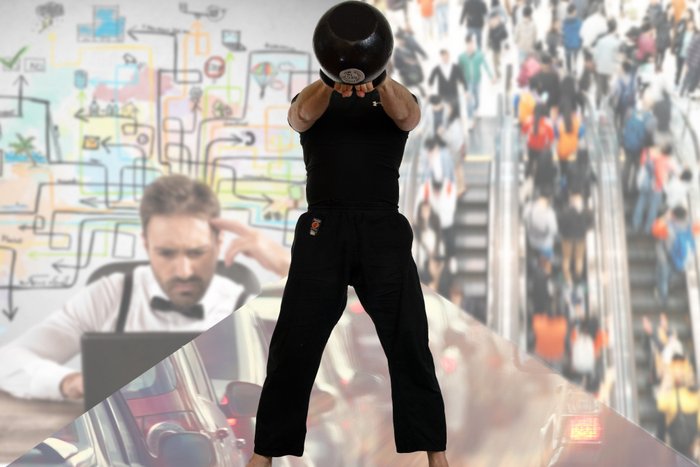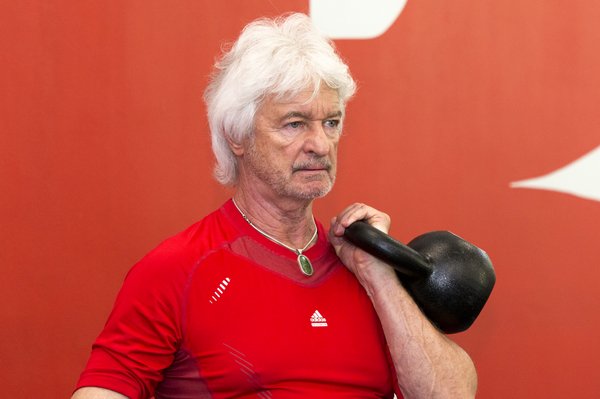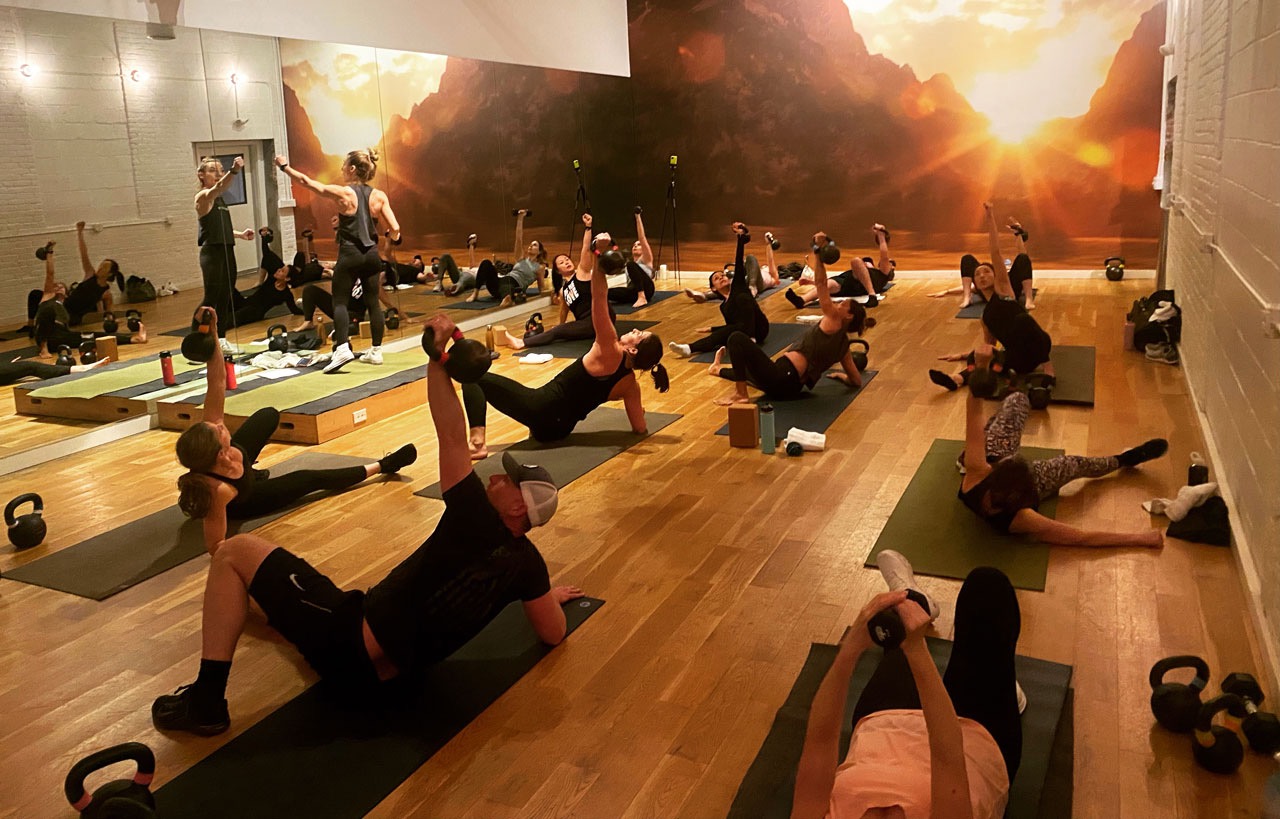
Recently, Men’s Health published an article about the Turkish getup. The article started by saying that the Turkish getup may be “trendy and stylish,” but that’s it’s overrated and not the best use of training time. And that “it’s nearly impossible to establish a mind-muscle connection with this move.” Here are some of my thoughts.
I looked into the origin of the Turkish getup. There are a few theories, but all of them reveal that the Turkish getup is centuries old. Hardly trendy.
Also, I have a little bit of an issue with criticizing exercises for being cool and trendy. Who made movement exploration illegal?
Then there’s the issue of mind-muscle connection. When you’ve got a ball of iron over you face, it’s ALL mind muscle connection. Yet, the Men’s Health author compared it to the mind muscle connection only required to perform biceps curls. Hmmm. Ok.
Here’s a funny thing: I taught a workshop on the Turkish getup to 16 adults a few weeks ago, and not one of the participants mentioned that they felt a lack of mind-muscle connection. But, every single one of them left the workshop moving better, and with a new tool for their training toolbox.
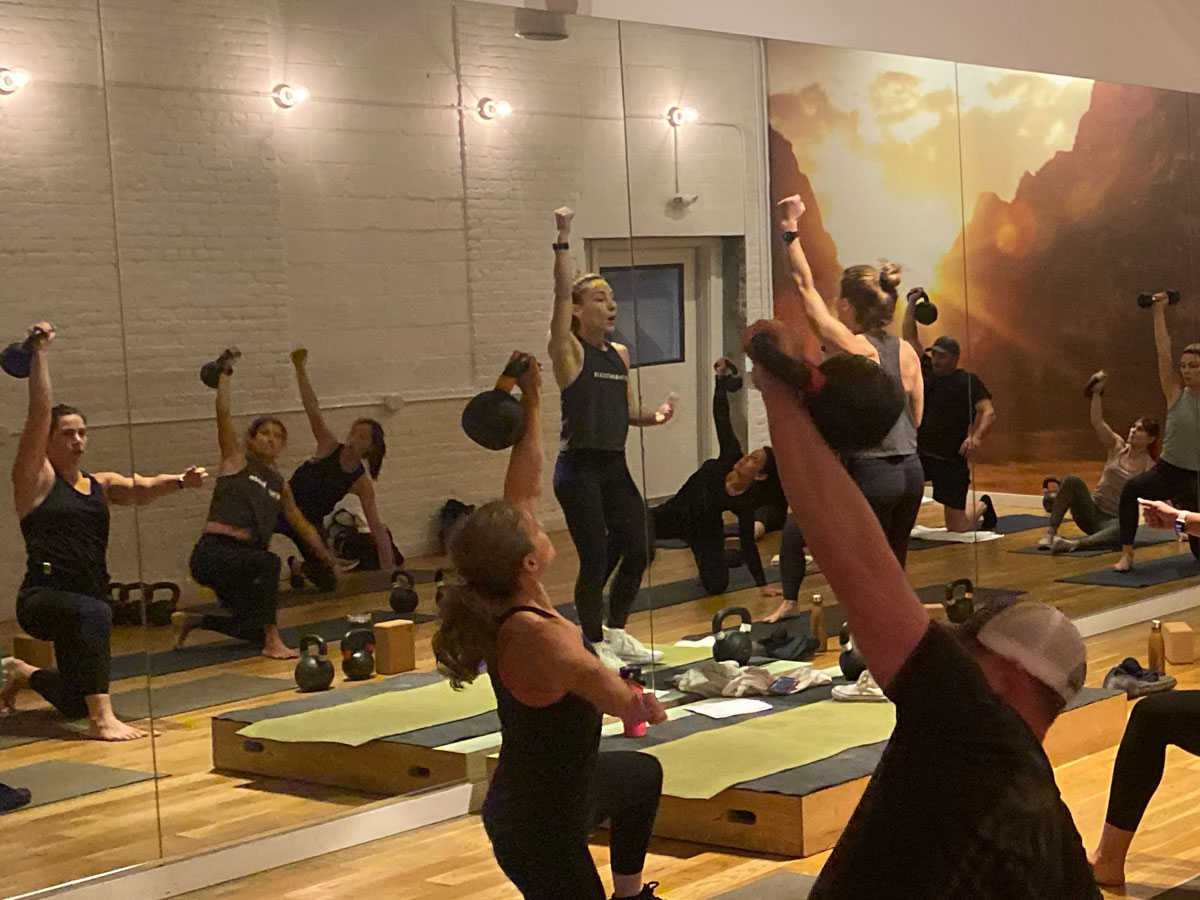
It crossed my mind that there were so many steps that maybe getups weren’t the best choice for a group setting. That’s why we BREAK IT DOWN. Oddly enough, everyone was able to perform a get-up by the end of the workshop…and really well too. Some people used weights, some not. A few participants needed extra time, but with enough patience, we got to where we needed to be.
We really need to stop treating people like they’re frail and inept.
I can tell you that when I use getups in my own programming, my press gets heavier. It probably has something to do with having a heavy weight in the locked out position over my head for a good amount of time. And the fact I don’t bang up my shoulders with a lot of pressing volume. Just my guess. Either way, I get a kick out of pressing heavy weights and it makes me feel empowered.
I can tell you that simply performing a getup with a heavy kettlebell is exciting. Getups give me and my clients a ton of confidence which spills over into other areas of our lives.
I can also tell you that when I give my gen pop clients a bunch of getups in the beginning of their workouts, they move better and have more access to certain ranges of motion throughout the session. Not a bad thing.
Look, I’m not going to say that the movement is for everyone. And I’m also not going to criticize using the individual components of the getup on their own, there’s gold in those movements. And I’m also not throwing shade at biceps curls. I love a curl.
But in a world where most people don’t move enough, I wish we could change the conversation to include more movement opportunities, rather than continuously taking things away with “do this, don’t do that” kind of articles.
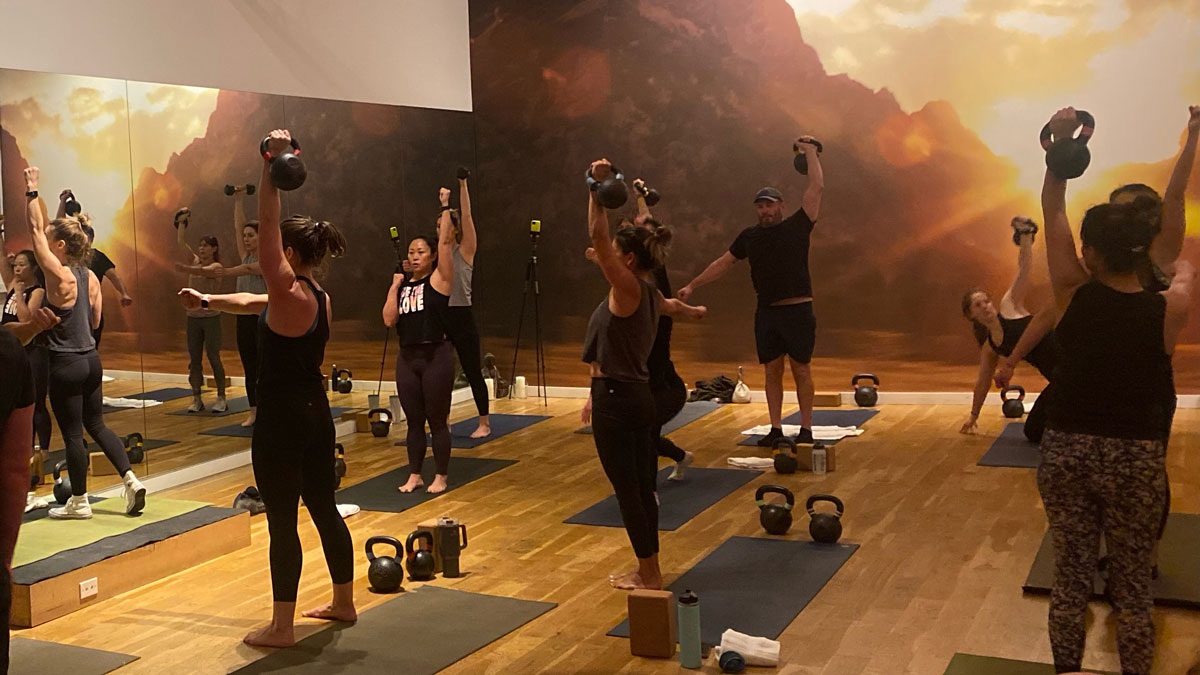
Programming towards a goal is important. Being really intentional with your time makes sense. But there’s always room for a little bit of movement exploration. Maybe not for professional athletes, but that’s the minority.
Most of my adult clients aren’t even looking to “max out” if I’m being honest. Most want to move well and feel great. That said, I will continue to teach the get-up any chance I get.
***
